Creating a powerful mid-range PC is an exciting venture for gaming enthusiasts and professionals needing solid performance without breaking the bank. The Intel Core i5-11400 sits at the heart of many mid-range builds, offering impressive speeds and multitasking capabilities at a reasonable price point. When crafting a system around this capable CPU, strategic choices in components can leverage its potential while maintaining budget-consciousness. This guide will provide insights into selecting the right hardware to build an optimal mid-range PC that excels in performance, efficiency, and longevity.
Understanding Your Computing Needs
Balancing Performance with Budget
Before diving into your PC build, assess the performance you need versus what you’re willing to spend. The i5-11400 is a sensible starting point for a mid-range build, giving you 6 cores and 12 threads of computing power suitable for gaming, content creation, and everyday productivity. Pair it with components that complement its performance without overshooting your budget.
Planning for Future Upgrades
As your computing needs evolve, you might consider upgrading individual components. Building with upgradeability in mind ensures your PC remains relevant for longer. Select a motherboard with additional RAM slots and PCIe expansion options so you can easily enhance your system. A power supply with extra wattage gives headroom for more powerful GPUs or additional storage down the road.
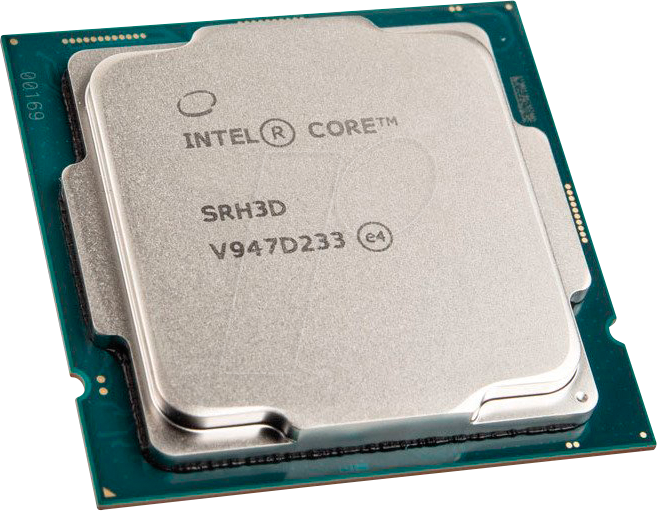
Choosing Compatible Components
Selecting the Right Motherboard
The i5-11400 requires an LGA 1200 socket, so ensure your chosen motherboard supports this configuration. Consider motherboards with the H510, B560, or Z590 chipsets since they offer features like PCIe 4.0 support for high-speed SSDs and GPUs. If overclocking isn’t a priority, opting for the B560 might save costs while still providing a range of features like expanded storage and decent I/O options.
Emphasizing Memory and Storage
Complement the i5-11400 with at least 16GB of DDR4 RAM to ensure smooth multitasking and responsive applications. For storage, a combination of an NVMe SSD for your operating system and frequently used programs, paired with a larger HDD for file storage, provides a good blend of speed and capacity. Ensure your motherboard has the necessary M.2 slots and SATA ports for these drives.
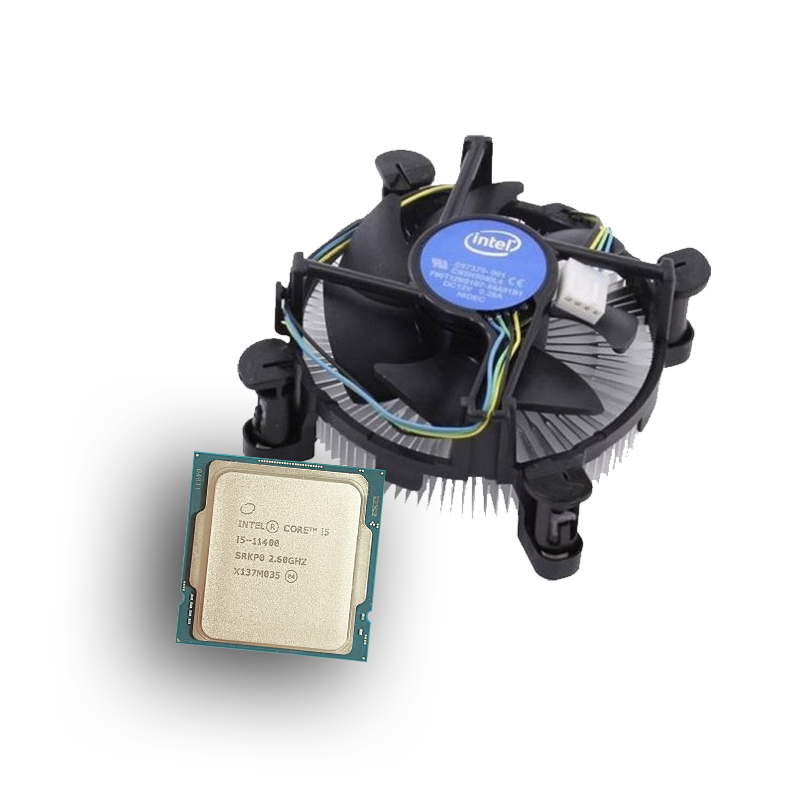
Ensuring Peak Performance
Investing in a Quality GPU
The success of a mid-range build often hinges on GPU selection. For gaming, choose a graphics card that meets the recommended specifications of your favorite titles. Look for the best value-to-performance ratio within your budget, prioritizing cards that offer good clock speeds and VRAM. At this build level, mainstream GPUs from Nvidia or AMD’s recent lines should provide the performance you need without bottlenecking the i5-11400.
Cooling and Power Considerations
Good airflow and cooling are vital for maintaining peak performance and component longevity. Invest in a case with efficient air intake and exhaust, and consider aftermarket coolers for the CPU and GPU if overclocking or intense workloads are in your plans. As for power supply, look for a unit with a 80+ Bronze efficiency rating or higher, and a wattage that supports all your components with some headroom for upgrades.
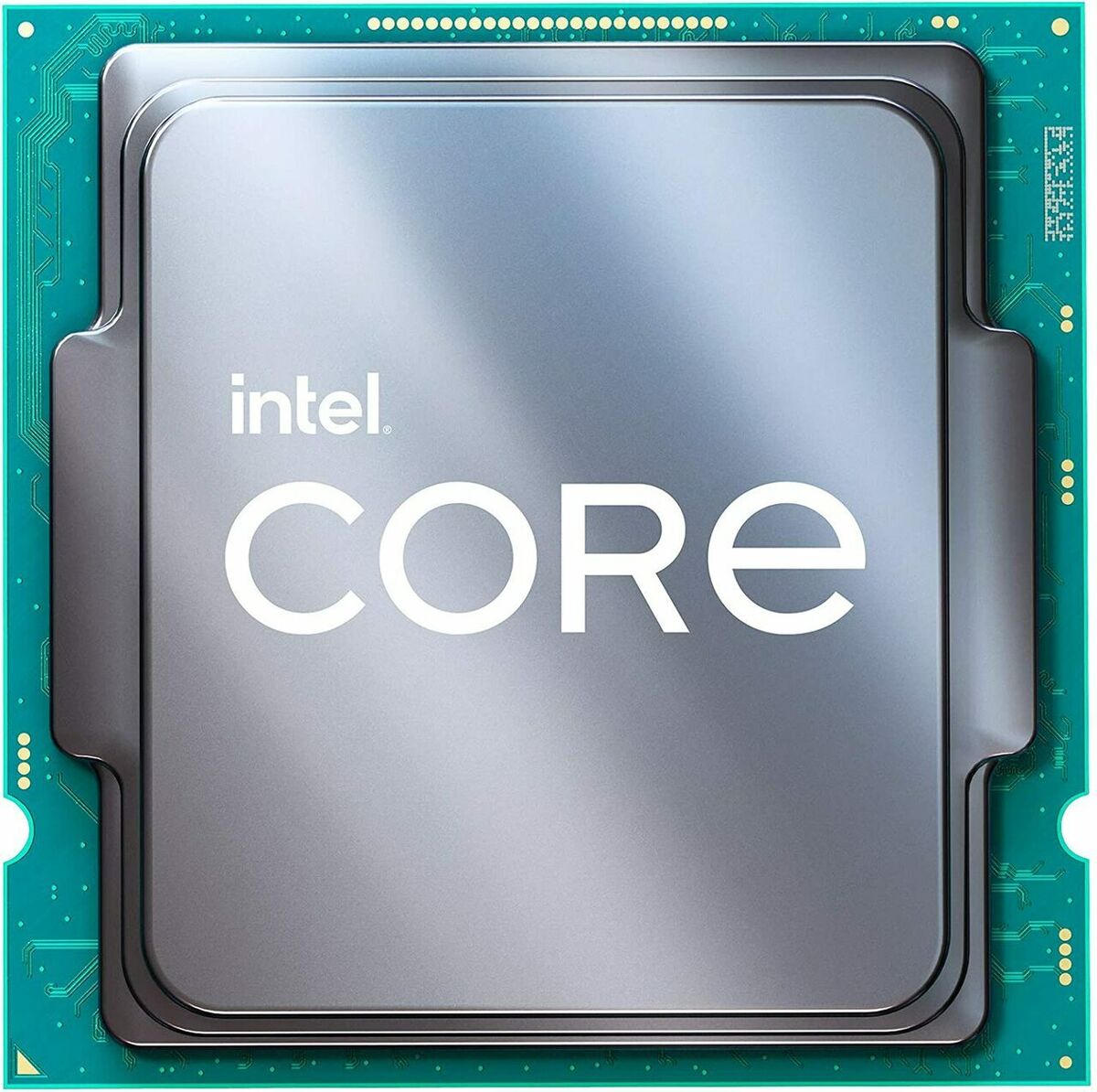
Building for Longevity and Aesthetics
Looking Ahead with Quality Components
Longevity in a PC is about more than just raw power; it’s about the quality of the components. Choose a well-rated power supply with circuit protections, solid capacitors on the motherboard, and reliable memory with a lifetime warranty. These components may cost slightly more upfront but will pay off in the long run with consistent performance and less need for replacements.
Balance Performance with Aesthetics
A mid-range build doesn’t mean compromising on looks. Many cases come with a clear side panel to show off your PC’s internals. Select a neat motherboard layout, cable management solutions, and components with cohesive color schemes and perhaps some RGB lighting. Balancing performance with aesthetics results in a machine that looks good on your desk and works great for your tasks.
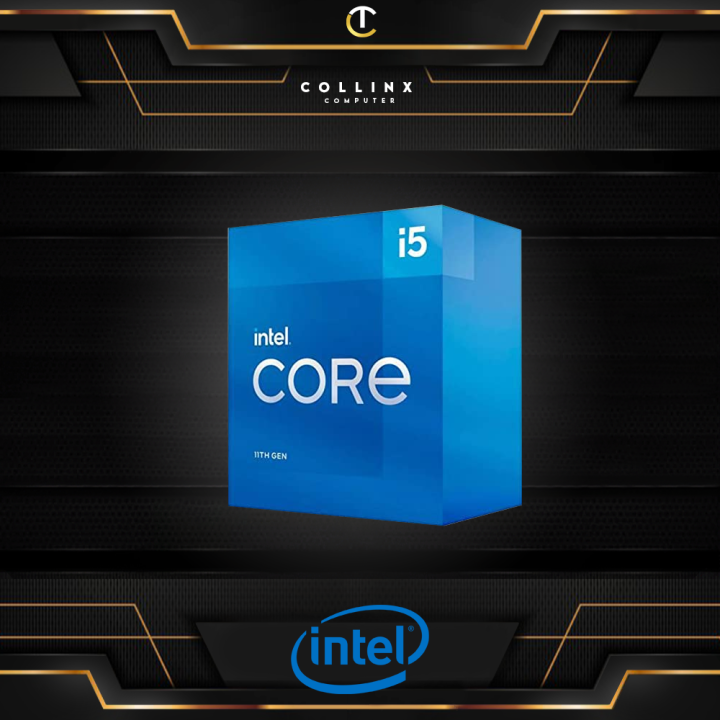
Maximizing Efficiency Through Component Synergy
Harmonizing Hardware for Smooth Operation
A well-rounded PC build is like a symphony, where each component must play in harmony with others for the smoothest performance. Pairing your Intel Core i5-11400 with components that complement each other ensures your system operates efficiently. For example, coupling the CPU with a motherboard that harnesses its capabilities extends the i5-11400’s value. Avoid pairing it with components that may cause bottlenecks, such as an underpowered GPU or slow memory, which could hamper your system’s overall efficiency.
Allocating Resources Wisely
Investing smartly in your PC components helps to achieve a balance that maximizes the i5-11400 without overspending on unnecessary features. You don’t need to chase the highest speeds in RAM if your motherboard and CPU can’t leverage them. Similarly, a mid-tier GPU will typically provide the best cost-to-performance ratio for most mid-range PC builds. Allocate your budget to areas that directly influence performance based on your specific use cases, like faster storage for quicker load times or a better display for graphic work.
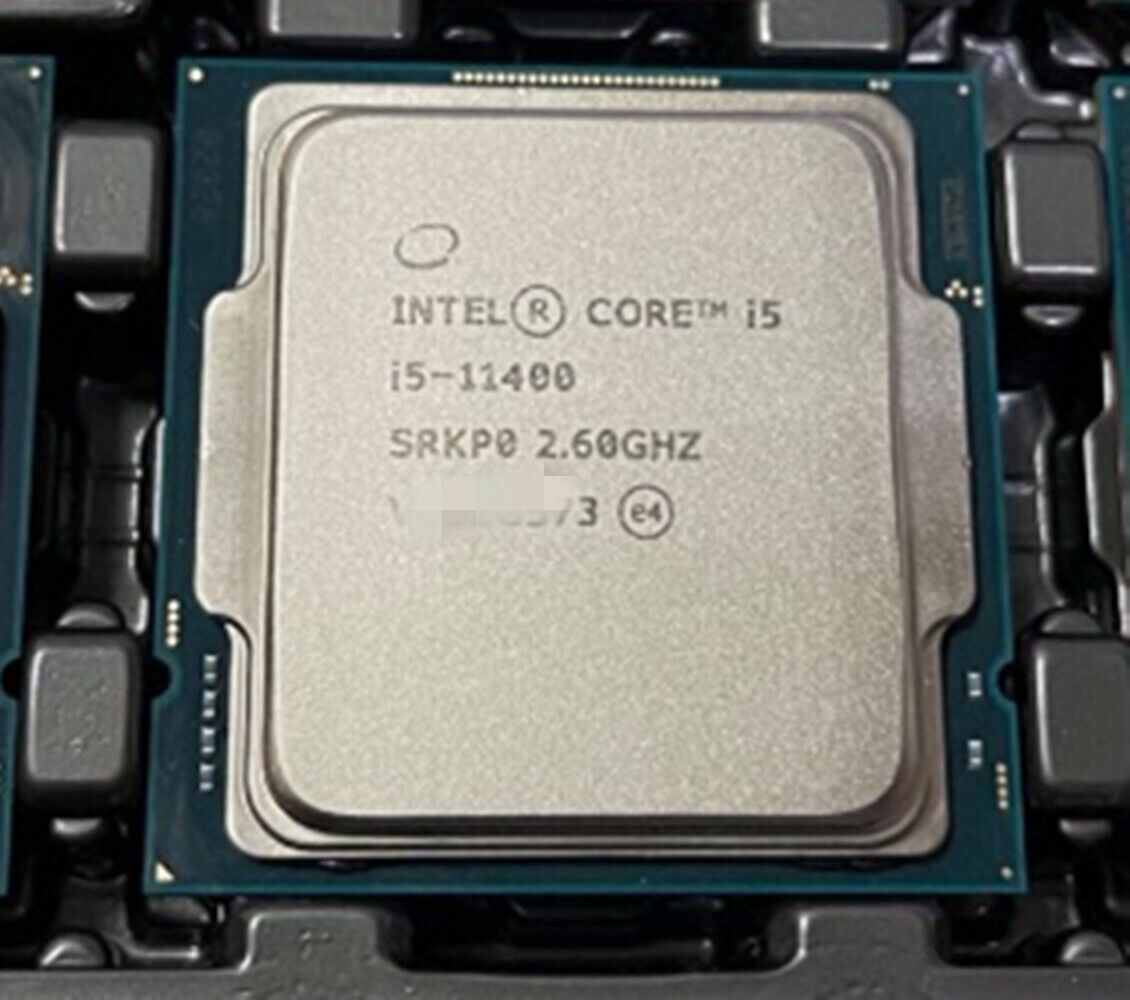
Streamlining Your Build for Specific Tasks
Optimizing for Your Primary Use Case
While the Intel Core i5-11400 is versatile, tailor your build to your primary tasks. If gaming is your priority, pay special attention to the GPU and monitor for high-resolution, fluid gameplay. For video editing or content creation, prioritize faster storage, more RAM, and perhaps a more color-accurate monitor. Make your CPU work for you by investing in components that bolster the tasks you perform most.
Keeping Peripheral Quality in Mind
The peripherals you choose, such as the monitor, keyboard, and mouse, can also significantly impact your experience. A responsive keyboard and mouse can improve your gaming and overall navigation, while a monitor with great color accuracy is crucial for graphic design work. Even if these don’t directly affect the PC’s internal performance, they are the end-point through which you interact with your machine, making their quality just as important.
In conclusion, building a mid-range PC around the Intel Core i5-11400 requires meticulous planning and a focus on compatibility, performance, and future proofing. Prioritizing key components like the motherboard and GPU to match the capabilities of your CPU, investing in quality parts, and not overlooking the importance of good aesthetics will set you up with a formidable PC. This formidable PC won’t just handle current demands but will stand ready to evolve with the ever-changing technology landscape.


